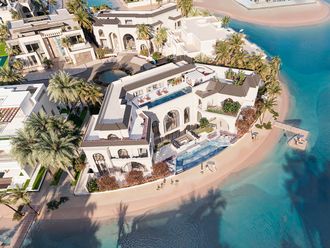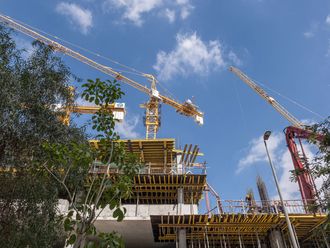Abu Dhabi: In a major push to generate electricity through non-conventional energy sources in the UAE, the world’s largest solar power plant was inaugurated in Abu Dhabi last month.
The $600 million (Dh2.2 billion), 100 megawatt Shams-1, which is located 120 kilometres south-west of the capital, will enable its parent Masdar gain a competitive edge in developing and investing in similar projects in the region.
With economies of scale and better know-how, the cost of electricity produced from photovoltaics (the use of solar panels to convert sunlight into electricity) could become significantly lower than diesel. While the cost of producing electricity from conventional, fossil fuel-based energy sources was rising in the world, the cost of electricity generation from renewable energy continues to come down.
The Abu Dhabi-based Masdar appointed the bidding consortium of Total and Abengoa Solar as a partner to own, build and operate Shams-1. Masdar holds a 60 per cent stake in the venture, while Total and Abengoa Solar each hold a 20 per cent stake.
Shams-1 will contribute towards Abu Dhabi’s target of achieving 7 per cent renewable energy power generation capacity by 2020. Power demand in Abu Dhabi is growing rapidly and is expected to reach 20 gigawatts by 2020.
Shams 1 extends over an area of 2.5 square kilometres and will feed power to the UAE national grid. Work on the project started in the third quarter of 2010 with the stated purpose of generating enough energy to power 20,000 homes. The solar project began feeding electricity to the grid earlier this year.
Masdar currently owns 12 per cent of the installed global capacity for concentrated solar power technology.












